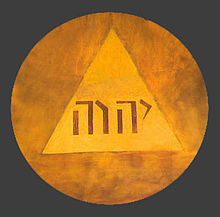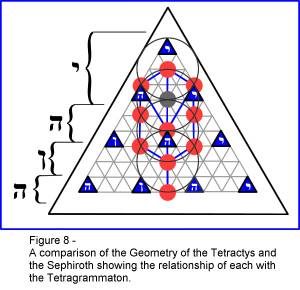
Guest Post by Bob Canter
Created roughly a century apart, the advent of modern Hebrew and the creation of the Metric System bear several striking similarities.
Hebrew exhibits some of the same logical features as does the Metric System. The primary logical structure of Hebrew is the three-letter root system which forms the building blocks of most Hebrew words. Understanding these many roots is not only a fascinating exercise in linguistic exploration, but is a key step in building a Hebrew vocabulary.
For example, the three-letter root samech-fay-resh (ס פ ר) means “to recount,” or “telling,” as in the sense of telling a story. From this root Hebrew derives a delightful group of words:
ס פ ר = Book
ס ו פ ר = Author/writer/scribe
ס פ ר ו ת = Literature
ס פ ר י ה = Library
ס פ ר ן = Librarian
ס פ ר ו ן= Booklet/pamphlet
ח נ ו ת ס פ ר י ם = Bookstore
בּ י ת ס פ ר = School (lit., “House of [the] Book”
ס פ ו ר = Story
ל ס פ ר = To tell

And like the Metric System, Hebrew employs a series of prefixes that are attached to the words they modify:
ה for “The” “This” or “That”
ו for “And”/”And the”
ל for “To/”To the”
בּ for “In/”In the”/”At”
מ or מִן for “From”/”From the”
The logic of Hebrew is that if you can recognize the root in Hebrew, and learn its meaning, then even when you see a word with that three-letter root that you do not know, you can figure that it must have some logical relationship to the base meaning of that root; in the above case any Hebrew word with the three-letter root samech-fay-resh (ס פ ר) will have some relationship to “recounting” or “telling.”
Read the full article and learn Hebrew at https://blogs.transparent.com/hebrew/hebrew-the-metric-system-of-languages/


 A substantial amount of rabbinical interpretation of the Bible is derived from the relation between root words. For example, the rabbis concluded that G-d created women with greater intuition and understanding than men, because man was “formed” (yitzer, Gen. 2:7) while woman was “built” (yiben, Gen. 2:22). The root of “built,” Beit-Nun-Hei, is very similar to the word “binah” (Beit-Yod-Nun-Hei), meaning understanding, insight or intuition.
A substantial amount of rabbinical interpretation of the Bible is derived from the relation between root words. For example, the rabbis concluded that G-d created women with greater intuition and understanding than men, because man was “formed” (yitzer, Gen. 2:7) while woman was “built” (yiben, Gen. 2:22). The root of “built,” Beit-Nun-Hei, is very similar to the word “binah” (Beit-Yod-Nun-Hei), meaning understanding, insight or intuition. Similarly, a familiar Talmudic teaching notes the similarity of the words banayikh (your children) and bonayikh (your builders), and suggests that Isaiah 54:13 (and all your children/builders will be students of G-d, and great shall be the peace of your children/builders) indicates that those who study Torah are the builders of peace.
Similarly, a familiar Talmudic teaching notes the similarity of the words banayikh (your children) and bonayikh (your builders), and suggests that Isaiah 54:13 (and all your children/builders will be students of G-d, and great shall be the peace of your children/builders) indicates that those who study Torah are the builders of peace.





























